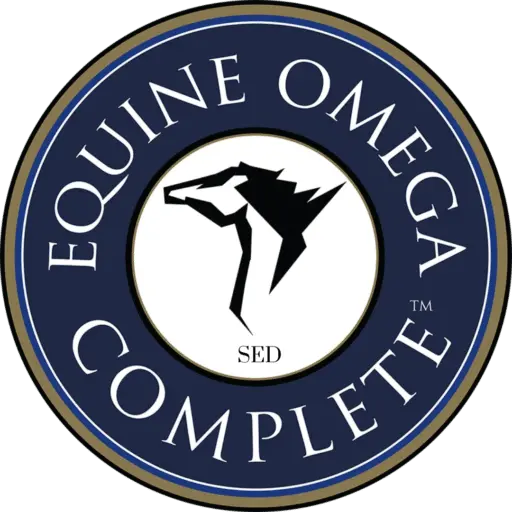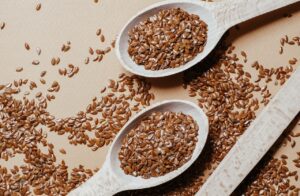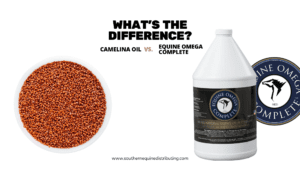Introduction
Osteoarthritis, a degenerative joint disease, poses significant challenges for horses. Recent studies reveal a potential link between equine osteoarthritis and fatty acid profiles in joint fluid. This article explores the newfound discoveries surrounding joint health in horses and how Equine Omega Complete (EOC) could play a role in managing this condition.
The Link Between Fatty Acids and Osteoarthritis
Recent veterinary research has delved into the relationship between osteoarthritis and fatty acid profiles in joint fluid. A team of veterinary scientists in Finland conducted a study comparing the fatty acid profiles in the synovial fluid of horses affected by osteoarthritis and those without the condition. The findings uncovered distinct differences in the fatty acid composition between the two groups.
The Role of Omega-3 Fatty Acids and Joint Health
Omega-3 fatty acids, particularly eicosapentaenoic acid (EPA) and docosahexaenoic acid (DHA), are known for their anti-inflammatory properties. The research discovered that osteoarthritic joints often display increased levels of omega-6 fatty acids, specifically 18:2n-6, commonly found in vegetable oils. These higher levels are believed to contribute to joint inflammation and the degradation of cartilage.
The Role of Omega-3 Fatty Acids and Joint Health
Marine-derived polyunsaturated fatty acids, such as EPA and DHA found in EOC, have been proven to aid in pain management and potentially slow down the progression of osteoarthritis in horses. While the exact mechanisms are still being studied, these fatty acids have shown promise in reducing the formation of inflammatory factors and compounds known to degrade cartilage.
Understanding the potential impact of marine-derived omega-3 fatty acids on osteoarthritis introduces an exciting avenue for horse health management. EOC offers a high-quality source of these beneficial fatty acids, contributing to maintaining healthy joints in horses.
Why You Should Choose EOC over Flaxseed and Camelina Oil
The research into fatty acid profiles in equine osteoarthritis also sheds light on the distinctions between various fatty acid sources. While flaxseed and camelina oil contain alpha-linolenic acid (ALA), they fall short in providing the most beneficial omega-3 fatty acids directly to the horse’s system.
Studies highlight a crucial difference in efficacy between plant-based ALA and marine-derived polyunsaturated fatty acids (PUFAs) like eicosapentaenoic acid (EPA) and docosahexaenoic acid (DHA).
Unlike ALA from plant-based sources like flaxseed, soybean oil, and camelina oil, marine-derived PUFAs, specifically EPA and DHA, play a crucial role in reducing inflammation and preserving joint health in horses. The conversion rate of ALA to these active forms is extremely limited at as low as 0.1%. This means that direct supplementation of marine-derived omega-3s such as those contained in Equine Omega Complete is much more effective in positively impacting the joint health of horses.
Conclusion
The correlation between fatty acids and osteoarthritis in horses unveils a compelling opportunity for horse owners. By providing a source of marine-derived omega-3 fatty acids, such as Equine Omega Complete, owners can help maintain their horse’s joint health and mitigate the progression of osteoarthritis. This research shows the long-lasting benefits of supplementing with the right forms of omega fatty acids for horse health.





